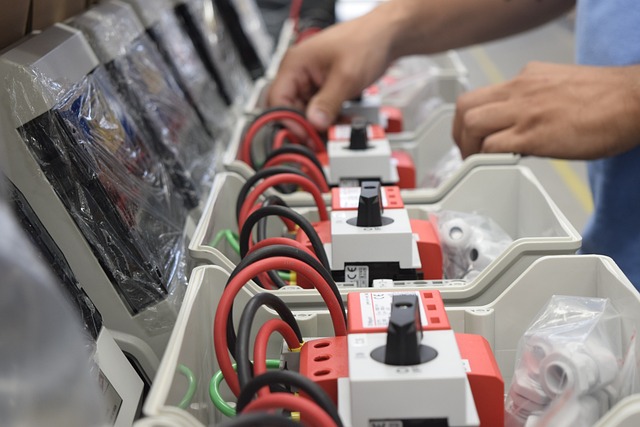

Solar panel connectors, PV connectors, or solar connectors, refer to essential parts in a photovoltaic (PV) solar power system. Before using this energy saving technology in your home, it’s good to know how it all works together. In the last blog on “why you need solar energy for homes” I touched on the topic of PV and how it works. Today, let’s learn more about using solar panel connectors to make an energy efficient home.
Back to solar panel connectors for home use. Photovoltaic connectors link or connect solar panels to other components within the home solar power system. These include inverters, charge controllers, and wiring, which together ensure safe transfer of electricity generated by the solar panels. For example, we use MC4 connectors to connect solar panels to junction boxes.
What is an MC4 solar panel connector?
An MC4 Connector is most common type of solar panel connector. MC4 stands for Multi-Contact 4 millimeter connector in the solar power ecosystem. MC4 connectors are safe, easy to use, and reliable. The MC4 solar connectors are generally used in homes or even commercial solar installations.
What is the function of MC4 Connectors?
MC4 connectors come in male and female parts, which snap together to create a secure, weatherproof connection. The “snap and lock” design ensures that the connectors remain firmly connected even in harsh weather conditions.
Earlier I referred to linking when explaining the purpose of solar panel connectors. Properly installed MC4 connectors are safe and reduce the risk of electrical shock or fire hazards. The male pin and female socket prevent accidental disconnection and maintain electrical continuity. Strong winds won’t disconnect your cables.
What is the maximum voltage of MC4 Connectors?
According to international safety standards, MC4 Connectors are rated at 1500 V DC. Also it is important to note that you can get MC4 cables at different lengths. Engage a professional solar panel installer to know the length of the MC4 cable suitable for your home. The longest lengths of the MC4 cables are 50feet and 30feet. For shorter lengths you can get it in 3feet, 10feet, or 15feet as a standard.
Types of MC4 solar panel connectors
First off is the MC4 Inline Connectors. These connectors join individual solar panel cables together. When you need to extend the length of your cables, you will use MC4 Inline Connectors.
MC4 Branch Connectors: To optimize the production of energy, it is important that you connect solar panel strings in parallel. To get parallel connection of multiple solar panels, you will use MC4 Branch Connectors.

How to choose Solar Panel Connectors
MC4 connectors must be waterproof and UV-resistant to withstand outdoor exposure and protect against moisture and sunlight. This goes without saying because they will be exposed to varying weather elements day and night all year through.
Solar cables can be 6mm or 4mm. As a rule, 6mm cables are more suitable outdoors such as the rooftop because they can withstand exposure to strong sunlight over long durations without damage.
How to Install Solar Panel Connectors
MC4 connectors are user-friendly and you can either connect or disconnect them without special tools. If you prefer DIY solar panel installation, you can successfully connect your home by following simple instructions. It’s advisable to do periodic inspections and maintenance of the connectors and cables to ensure optimal system performance and safety.
Are you ready to embrace solar power energy for your home?
Solar panel connectors, particularly MC4 connectors, play a crucial role in solar power systems by securely connecting solar panels and other components. They are safe, durable, and easy to install, making them a reliable choice for harnessing solar energy at home.
*Affiliate links are at no extra cost to you